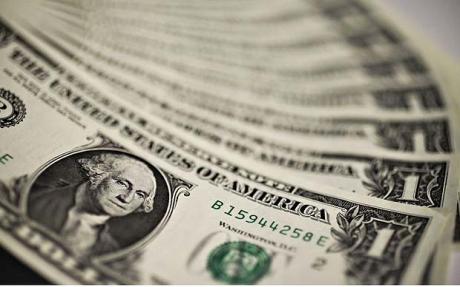August, 17, 2018

Reuters - The Sri Lankan rupee hit an all-time low for a second straight session on Thursday, as importers bought dollars amid fears the local currency could depreciate further tracking weakness in emerging-market currencies, dealers said.
Absence of dollar conversions by exporters and remittances also weighed on the market, they added.
The rupee fell to a record 160.55 per dollar, surpassing the previous life low of 160.30 hit on Wednesday. It closed at 160.35/50, compared with Wednesday’s close of 160.20/30, and has declined 4.6 percent so far this year.
“There was heavy importer dollar demand due to global uncertainty. Importers were trying to settle some bills, while some foreign banks also bought dollars,” a currency dealer said.
“After initial jerk, the market settled. There was no panic and demand was heavy in the morning when the market opened for trading. We expect similar pressure on Friday morning though some remittances ahead of next week’s hajj festival could ease the pressure.”
Big importers are expected to buy dollars on Friday given that there are some sizable imports bills to be settled next week, he said, adding that the absence of intervention by the central bank could lead to some volatility.
Exporters and remittance converters are holding onto their dollars as they expect the local currency to decline further, other dealers said.
Meanwhile, other bruised emerging-market currencies fought to regain their footing, after China said it will hold trade talks with the United States later this month and Turkey’s lira continued its recovery run.
Sri Lanka’s Central Bank Governor, Indrajit Coomaraswamy, had told reporters early this month after holding key monetary policy rates steady that several emerging-market currencies had declined more than the Lankan rupee, adding that “if we reduce rates that would put further pressure on the exchange rate.”
Sri Lanka earlier this month raised import duties on small hybrid cars by more than 50 percent to boost revenue and curb a sharp fall in the rupee.
Coomaraswamy had said the rupee’s decline was driven mainly by external factors.
Foreign investors sold government securities worth a net 2.56 billion rupees ($15.96 million) in the week ended Aug. 8, bringing the outflow so far this year to 39.1 billion rupees, central bank data showed.
Video Story